Chandrayaan-3 Update: All Activities Are Updated Now
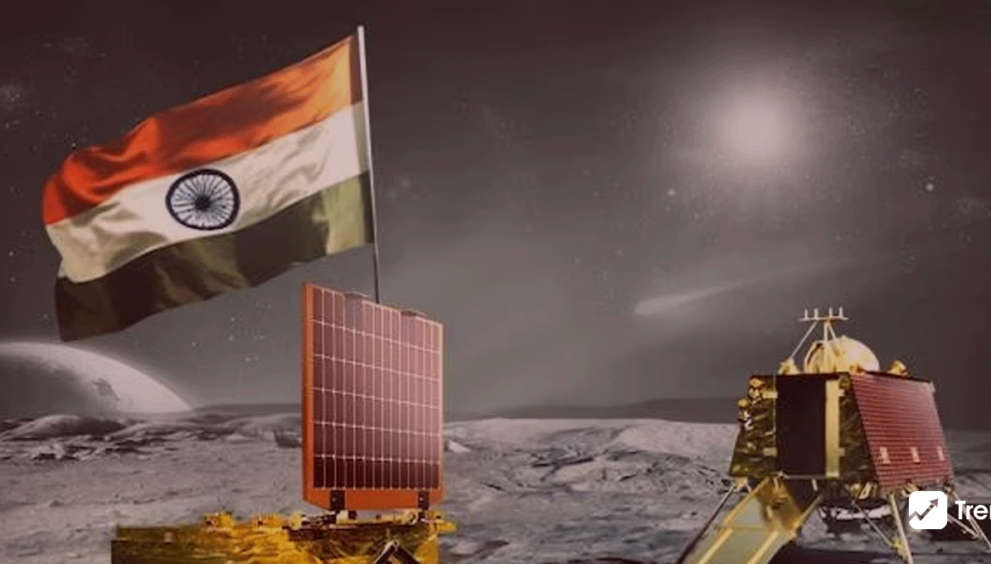
India Successfully Lands On the Moon
India’s Moon mission Chandrayaan-3 made a significant advancement for its space program when it landed on the lunar South Pole at 6:04 p.m. on August 23. This action elevated India to the elite club of four and made it the first nation to arrive in the unknown region. According to the space agency, all operations are proceeding as planned, and all systems are in good shape. By making a soft landing of the Chandrayaan-3 spacecraft on the southern polar zone of the Moon, India has written history. In addition, on August 23, India joined the US, China, and the former Soviet Union as the only three countries to launch a spacecraft to the moon.
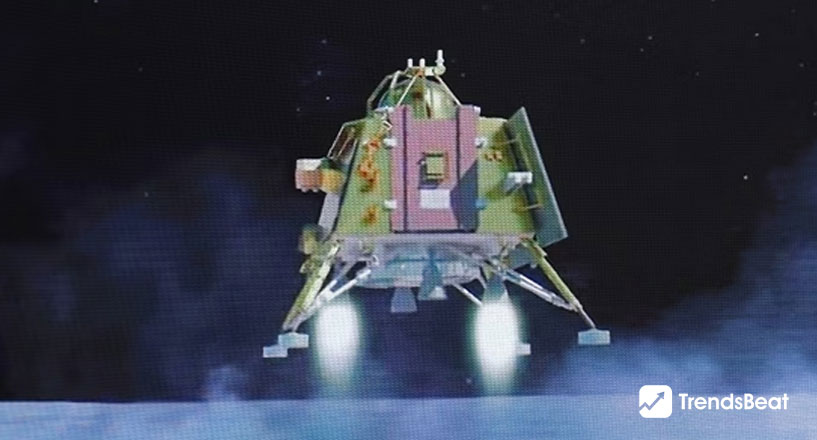
At 6:03 PM on Wednesday, Chandryaan-3 touched down on the south pole of the moon. An additional new video showing the Chandrayaan-3 Rover ramping down from the Lander to the Lunar Surface was also made available by the Indian Space Research Organisation (ISRO). They previously uploaded a picture taken by Chandrayaan-2’s Orbiter High-Resolution Camera of the Chandrayaan-3 Lander on the moon’s surface. The mission, which is expected to have cost more than 600 crore, started more than a month ago. According to ISRO Chairman S. Somnath, India’s next spaceflight will be a human lunar mission. Chandrayaan-3’s successful Moon landing demonstrates that India is on the bleeding edge of space technology and will never again be subject to a regime that denies it access to new technology.
Chandrayaan-3’s Successful Landing
The lander of Chandrayaan-3 landed on the 4.5-kilometer-wide location that had been selected for the landing on August 23 at 6:04 PM (IST). Within 300 meters (985 ft) of that location, the lander touched down. The rover Pragyan was moving and functioning “very well,” according to ISRO Chairman. Chandrayan-3 Over the course of 14 days, the rover would conduct experiments, one of which would be a mineral examination of the lunar surface.
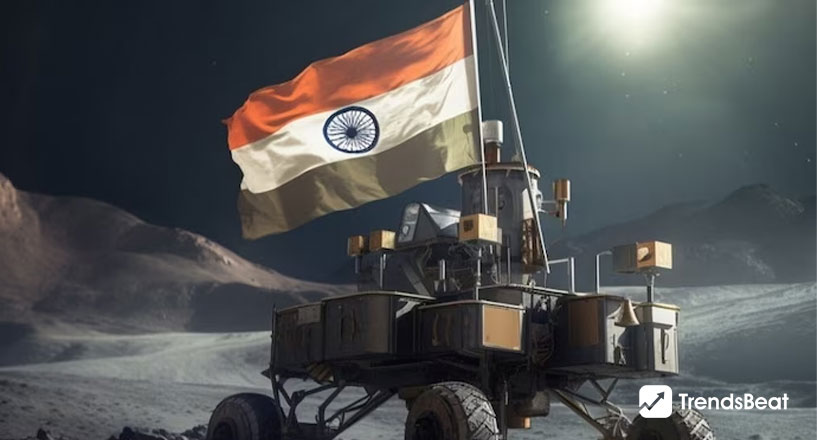
The LASER-Induced Breakdown Spectroscope (LIBS) and the Alpha Particle X-ray Spectrometer (APXS) are the two payloads on board the Pragyan rover. To improve the space agency’s understanding of the lunar surface, LIBS will conduct qualitative and quantitative elemental analysis to determine the chemical composition and infer mineralogical composition. The elemental composition of the lunar soil and rocks at the lunar landing site (Mg, Al, Si, K, Ca, Ti, Fe) is ascertained using APXS.
The six-wheeled, solar-powered rover, known as Pragyan (or wisdom) will move about the largely uncharted area and transmit pictures and scientific data over the course of its two-week existence, according to the resources.
This failed Russian Luna-25 mission happened less than a week ago, and this was India’s second attempt to land a spacecraft on the moon. Viewers across the country prayed while engrossed in their televisions as the spaceship landed.
Chandrayaan means “moon vehicle” in Sanskrit and Hindi. The orbiter was successfully launched on the 2019 ISRO Chandrayaan-2 mission, however the lander collapsed. The success of Chandrayaan-3, according to the US Department of State’s Bureau of Oceans and International Environmental and Scientific Affairs, will “power” the future. The division wrote on X, formerly known as Twitter, “Your success will power the imagination and light the future of people around the world.” Moreover, Vladimir Putin, the president of Russia, commended India for their “impressive” accomplishment.
To successfully land a spacecraft on the surface of the moon, numerous nations and private businesses are competing. Two US businesses have also been competing to deploy lunar landers on the moon by the end of the year, one of them at the South Pole. Japan aims to send a lunar lander to the moon over the weekend as part of an X-ray telescope mission. NASA intends to set down people to the lunar South Pole in the upcoming years.
What Next?
After the Chandrayaan-3 moon landing’s success, India’s space agency has set a date for its subsequent mission, which will focus on studying the sun.
The Indian Space Research Organisation (ISRO) informed reporters at its satellite command center this week that the Aditya-L1, India’s first space observatory for solar research, is getting ready for launch at the nation’s primary spaceport in Sriharikota as scientists and crew celebrated the moon mission’s success. ISRO Chairman S. Somanath stated, “We are planning to launch in the first week of September.”







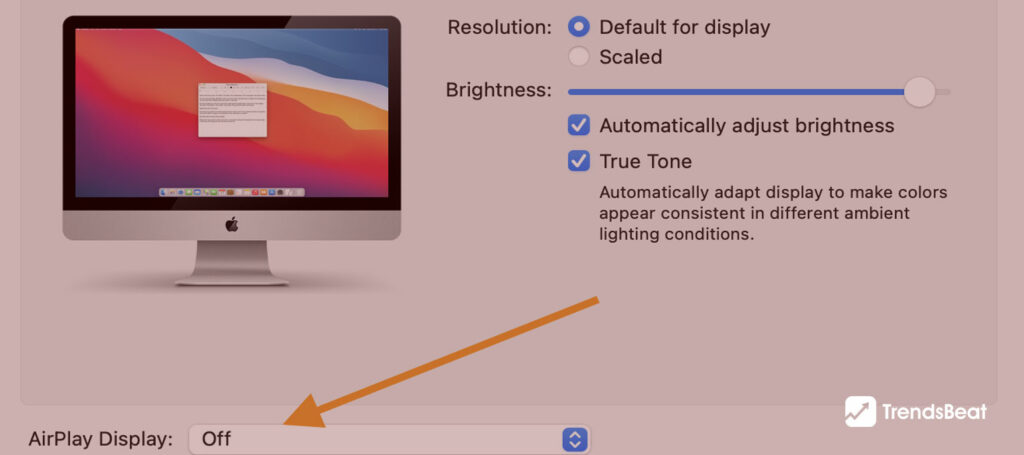








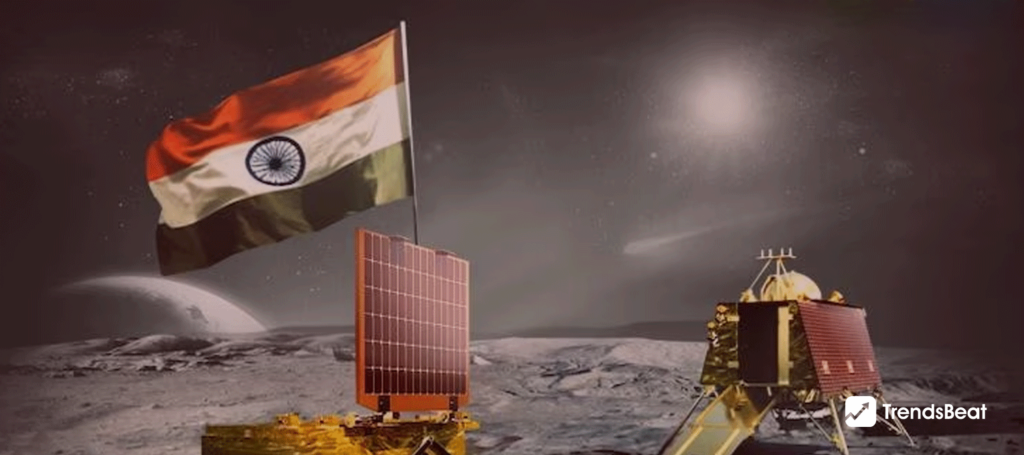






















































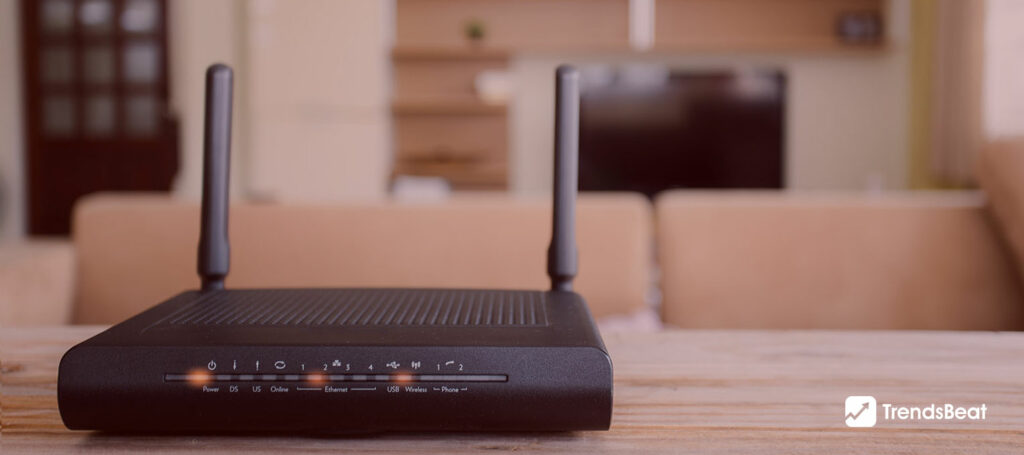







![Essential-Cybersecurity-Tips-for-Small-Businesses-[Protect-Your-Data]-TrendsBeat](https://trendsbeat.com/wp-content/uploads/2023/05/Essential-Cybersecurity-Tips-for-Small-Businesses-Protect-Your-Data-feature-image-template-1024x455.jpg)


















![Top Fitness Trends & Workout Routines to Follow [Stay Fit, Stay Healthy]](https://trendsbeat.com/wp-content/uploads/2023/04/feature-image-Top-Fitness-Trends-Workout-Routines-to-Follow-Stay-Fit-Stay-Healthy-1024x455.jpg)










![[Weight Loss Medication Health Effects] Side Effects and Best Advice](https://trendsbeat.com/wp-content/uploads/2023/04/feature-image-Weight-Loss-Medication-Health-Effects-Side-Effects-and-Best-Advice-1024x455.jpg)



